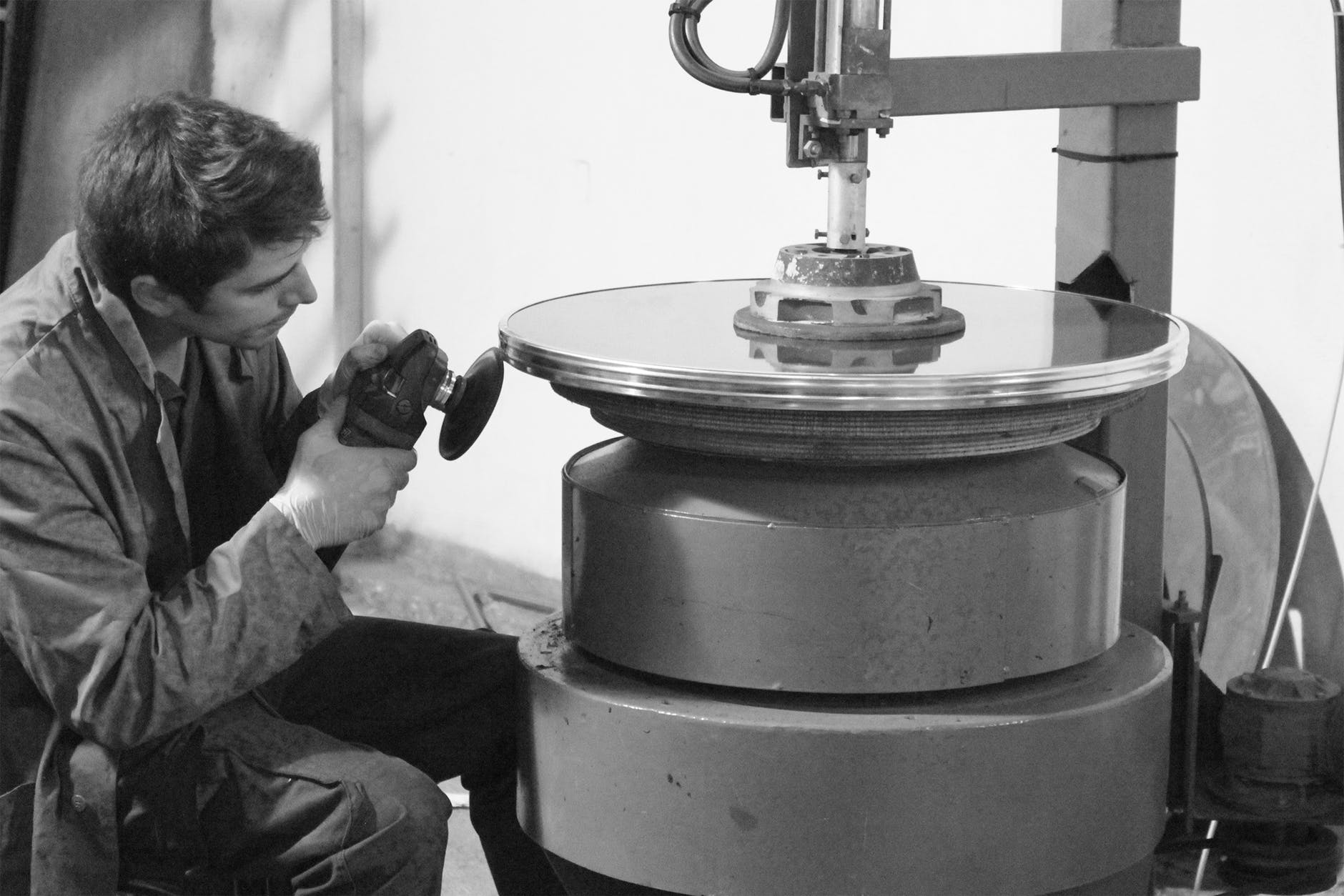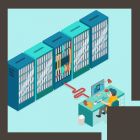
Everything You Need to Know About Cisco Data Center Network Virtualization
Many organizations are struggling to drive more value, utility, and efficiency from data centers. The pursuit of a more efficient and powerful data center now revolves around virtualization. Legacy data centers have given way to virtualized network architectures or in other words, virtualized data centers.
Old data centers can be retrofitted and expanded into highly-efficient network architectures. Whereas new data centers are built using virtualization as a core component of the design. Virtualized data centers can run more agile applications and serve as a strong foundation for cloud-based computing.
The concepts and technology behind data centers and data center virtualization are an essential part of the knowledge required for success in various Cisco Certification tracks. Data centers are an integral part of modern communication networks. The concepts are introduced in undergraduate and post-graduate programs in most universities. Professionals who wish to get ahead in their field often aim for more targeted certifications such as those provided by telecom industry giants such as Cisco and Juniper.
Here we’ll restrict our discussion to Cisco products and provide an introductory level knowledge of how Cisco-powered data centers work, how they are designed, and what devices they utilize.
The Concept of Technology Virtualization
VMWare pioneered virtualization of network hardware such as servers, routers, and switches. The company defines the idea of virtualization as the
“process of creating a software-based representation of something rather than a physical one. This applies to applications, servers, storage and networks.”
This technology revolutionized the industry and made VMWare a leader in virtualization. Other players in the market recognized the immense potential and started working on their own solutions. According to a study by ACG Research, Cisco is the number one telecommunications vendor in the world. The company followed suit and started focusing on virtualization solutions.
Legacy Data Centers and Data Center Virtualization
A decade ago, data centers were simply a collection of servers connected through a complicated pathway of power lines and network cables. This set up generated a lot of heat and powerful Computer Room Air Conditioners (CRAC’s) cooled the rooms. Any thermal failure would cause downtime as servers crashed. Not an ideal set up, but was tolerated because there was no viable alternative.
Cue virtualization. The number of physical servers was reduced, cooling requirements went down, energy efficiency went up.
The Game Changing Power of Cisco Data Center Virtualization Technology
Cisco occupies a distinct place among network hardware vendors because of its systems-level approach that aims for total service integration throughout the entire infrastructure. A large number of their Layer 3 switches have the ability to support network virtualization.
Cisco Network Virtualization solutions are designed to help organizations easily implement network virtualization. As businesses realize the benefits of virtualization, the industry has seen a boom in SDN (Software Defined Networking) and NFV (Network Functions Virtualization) solutions.
How Does Cisco Network Virtualization Work?
Virtualization can combine multiple physical networks to create a single virtual network. It is also possible to logically partition one large network into multiple logical networks. These partitions can serve specific distinct business needs.
Cisco devices and network virtualization solutions focus on three major areas of network virtualization.
- Access Control—Allows enterprises to set up secure customized access rules to protect internal LANs from threats.
- Path Isolation—Securely maps validated devices and users to the right resource
- Services Edge—Enforces a central access policy that lets users access, share, and deploy services.
Cisco Network Virtualization Benefits
Secure: More secure because malicious parties can only access one service. Your network as a whole remains safe and impenetrable.
Portable: The configuration of the virtual machines exists as a couple of files and can be easily transmitted and duplicated.
Flexible: Service requirements can be met by creating a virtual machine that has just the right amount of processing power, disk space, memory, etc.
Scalable: Adding more switches, routers, or servers is easy to manage and doesn’t drive up costs.
Faster: The network becomes more application-centric and performs faster
What Exactly is Being Virtualized
The physical units are defined as logical components to create a virtualized data center. The process can be described in three simple steps:
- 1. Create a Compute Layer: Virtualize all computing capabilities in the network using a suitable server management tool such as VMWare.
- 2. Virtualize Services: Virtualize all security and network services so the compute layer can access them when needed.
- 3. Create a Data Plane: Abstract away, collect, and automate storage into a single data plane.
Virtualization is closely connected to cloud computing. Services such as PaaS, IaaS, and SaaS all work as a result of virtualized machines interacting with the cloud. Check out our Demystifying PaaS, IaaS, and SaaS blog to learn more.
Please keep in mind that the information presented here is just an overview. If you’re looking for a deeper dive into this subject, look up the official Cisco Certification study materials. They will provide a more detailed look at the core concepts of data center virtualization.
Switch Virtualization
Switch virtualization creates a virtual machine that is capable of performing all the functions of a traditional switch. Most of the switches manufactured by Cisco can be used as virtual devices. The Cisco Catalyst line of switches including the Catalyst 3560, 3750, 4500, and 6500 series are a good example of this type of switch.
The Cisco Nexus 1000V Series is even more powerful and have two major components that make them a good part of any network virtualization endeavor. The first is VEM or Virtual Ethernet Module and the second is the VSM or the Virtual Supervisor Module. The VSM manages the VEM and also communicates with the management center. The VSM also synchronizes the configuration changes between the virtual parts and the network. This line of switches is compatible with VMWare solutions such as vSphere, ESX, ESXi, and vCenter.
Cisco courses go into a lot more detail when it comes to various Cisco devices. Networking professionals, especially those who want to get a good score in CCNA and more advanced certifications should go for the official Cisco Certification training. The Cisco data center certification track starts with an associate level called the DCICN (Cisco Data Center Networking) and for people that need a basic overview of the technical aspects can opt for Cisco boot camps or shorter courses available online.
More Information and Online Resources
Here are some official Cisco resources you might want to consider when preparing for your certification exam.
- Cisco Unified Computing White Papers Library
- Cisco Training Resources
- Cisco Learning Network Space
- Cisco Study Material Master List
- Study Materials for DCICN
- Study Materials for CCIE Data Center
The above links have an exhaustive amount of material. If you manage to get through it all, passing any Cisco exam will be a breeze. Most professionals, however, don’t have time to sort through and organize tons of pdf. Signing up for Cisco training online is an easier route. Make sure you sign up with an academy that is a certified training partner.

